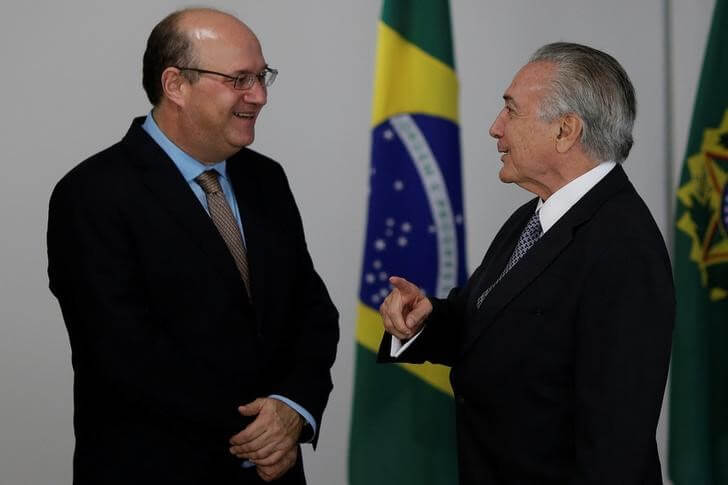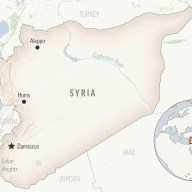By Silvio Cascione
BRASILIA (Reuters) – Brazil’s central bank will probably keep interest rates at their highest in nearly 10 years, a Reuters poll showed, at what is set to be the last meeting before appointed chief Ilan Goldfajn takes over to start a potentially long cycle of rate cuts. All 43 economists surveyed expect the central bank’s policy committee to hold its benchmark rate at 14.25 percent The central bank was included in a broad cabinet reshuffle by interim President Michel Temer, who took office last month from suspended President Dilma Rousseff with a pledge to restore market confidence and end one of the worst economic crises in Brazil’s turbulent history. Goldfajn’s appointment needs to be endorsed by the Senate. Although Temer has the majority support he needs, the vote is unlikely to happen in time for the new central bank president to take part in next week’s policy meeting. “We do not expect any significant modifications in the Monetary Policy Committee statement, given the ongoing change in the bank’s board,” wrote David Beker and Ana Madeira, economists with Bank of America Merrill Lynch. Goldfajn, an Israel-born graduate of MIT who headed the economic research department of Brazil’s largest private sector bank, will replace Alexandre Tombini, who was criticized by many investors for slashing rates to record lows in 2012 despite stubbornly high inflation. Goldfajn’s first months as central bank chief will probably be marked by interest rate cuts. Only three of the 35 economists who gave forecasts for the rest of the year did not predict reductions, which could bring the benchmark rate to 13.00 percent by December, according to the median poll forecast. Rate cuts could offer a much-needed relief for Brazil’s beleaguered economy and many companies that are struggling to service their debt. The recession has lowered inflation, which is still twice the official target of 4.5 percent but widely expected to fall this year and next. The main question among economists is, how extensive cuts should be. Forecasts for interest rates at the end of 2017 ranged from 9.0 percent to 12.50 percent.
“Once it starts cutting, the bank is likely to cut a lot,” Marcelo Carvalho, head of Latin America economic research at BNP Paribas, said in a note.
(Editing by Steve Orlofsky)
Brazil rate cuts to come only in second half of 2016, under Goldfajn

By Silvio Cascione
















